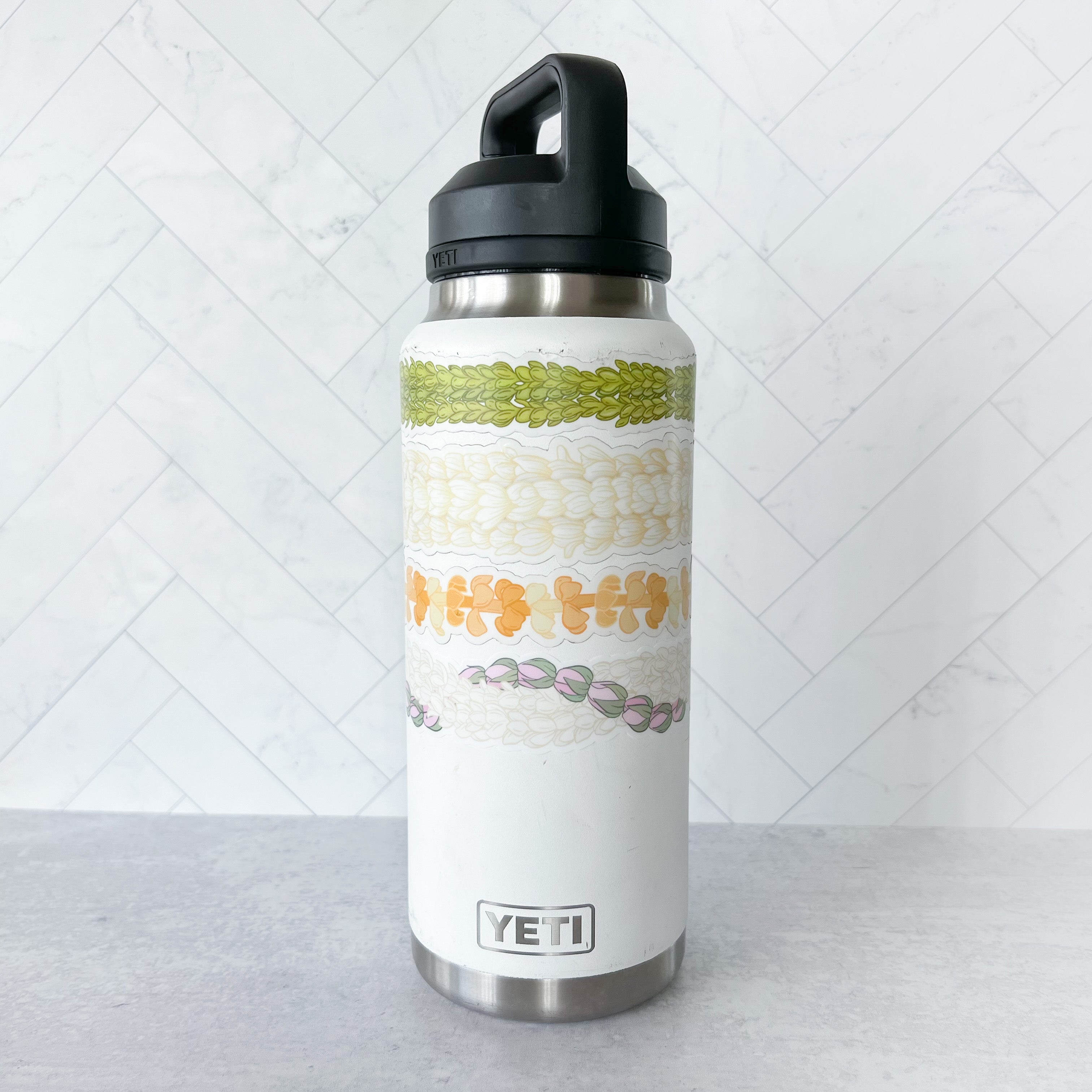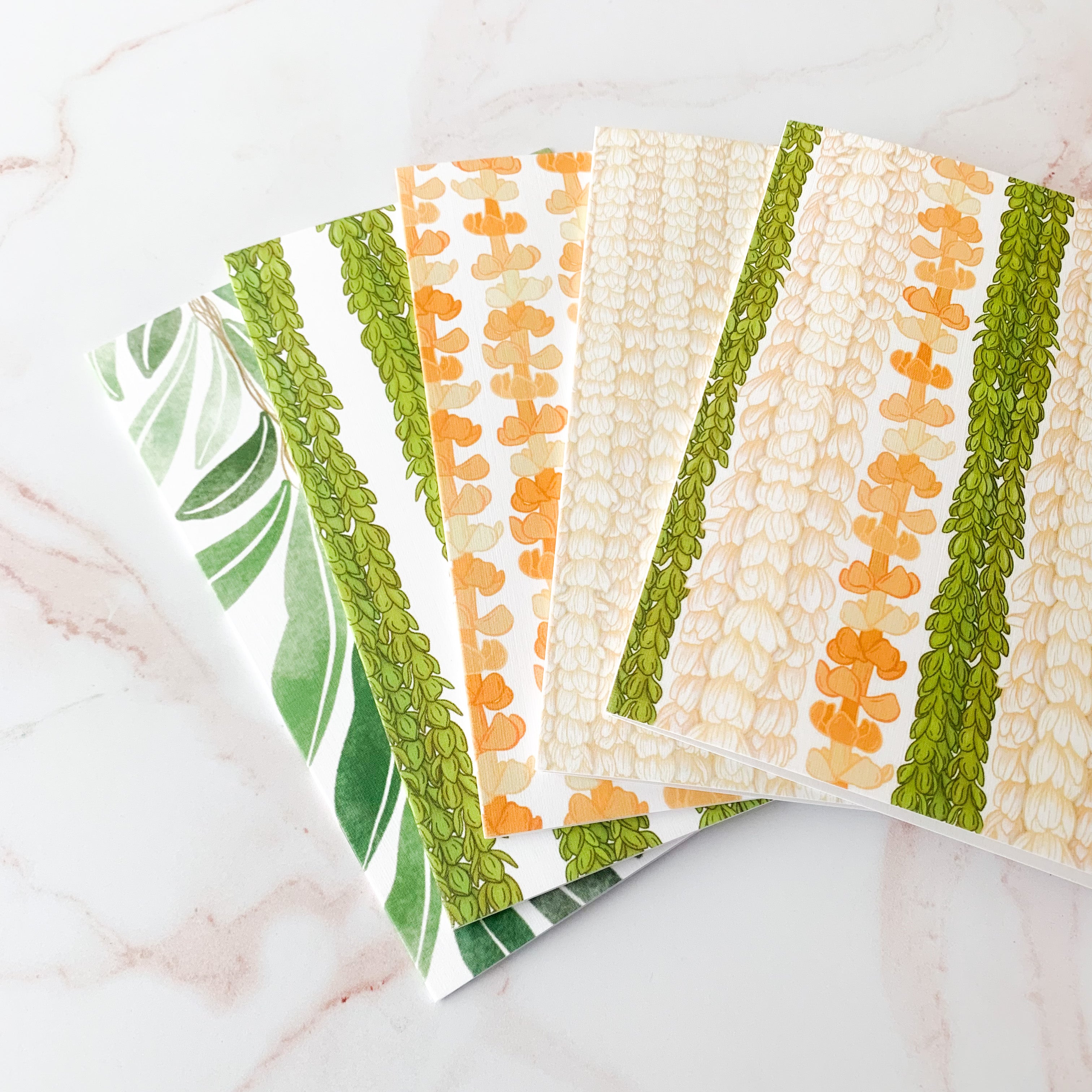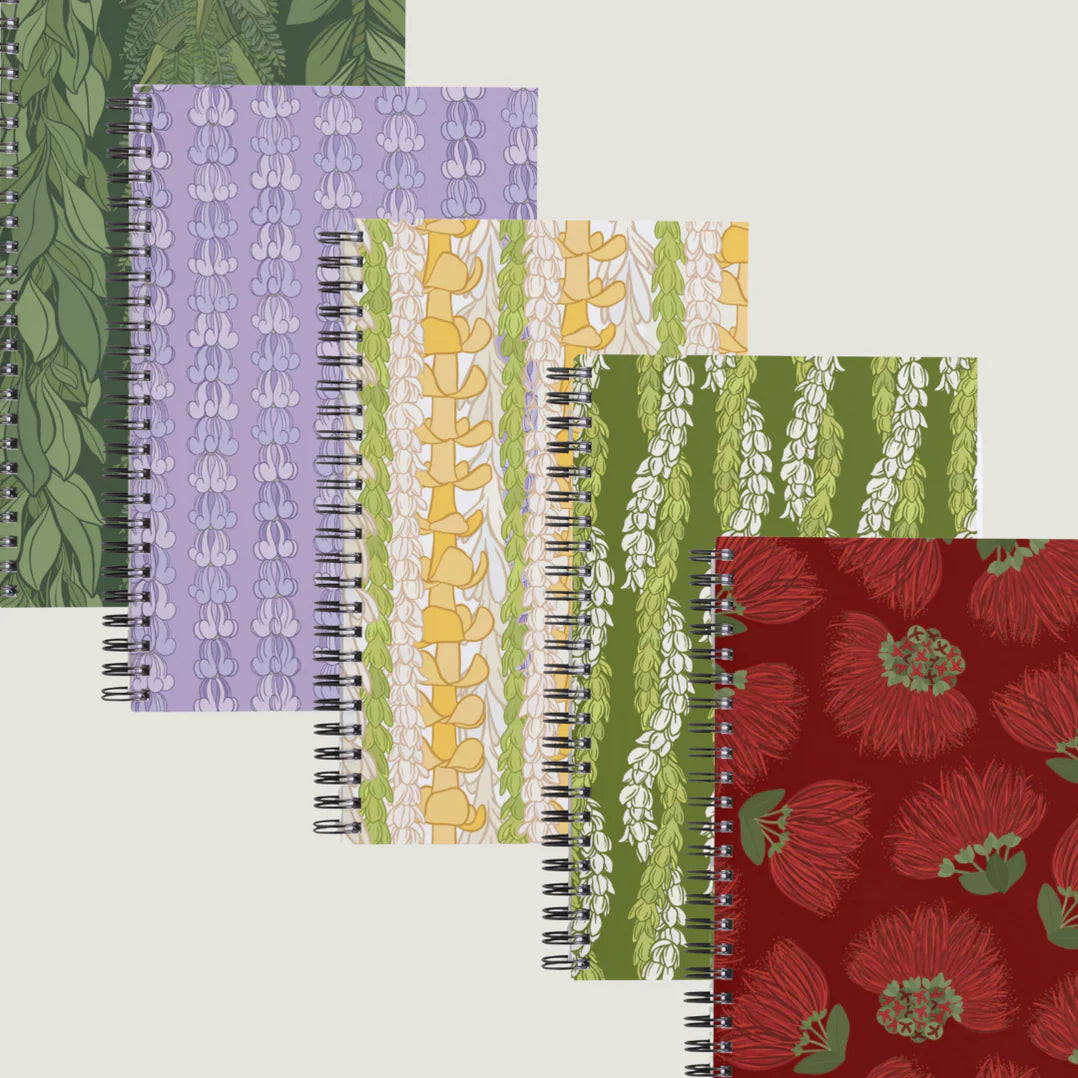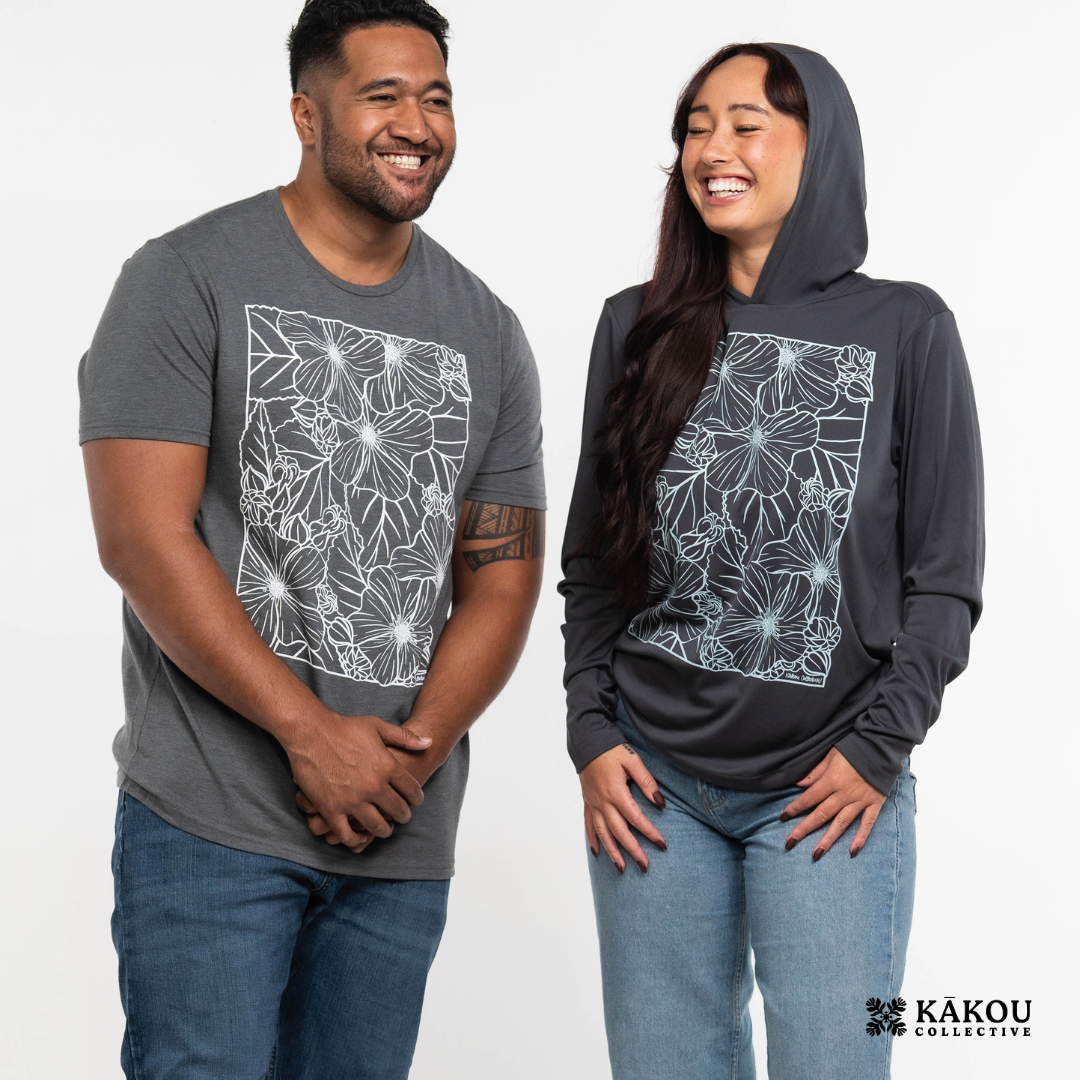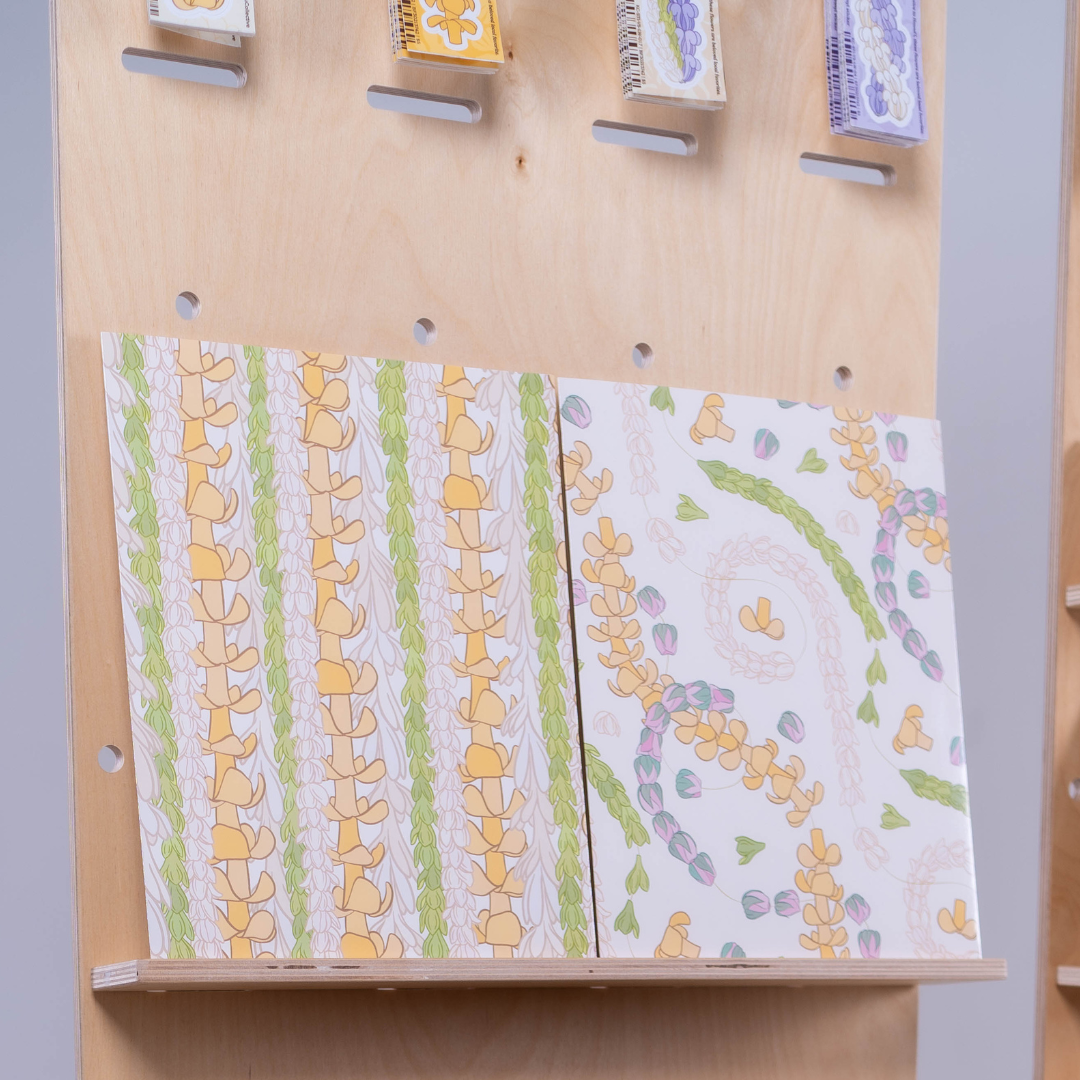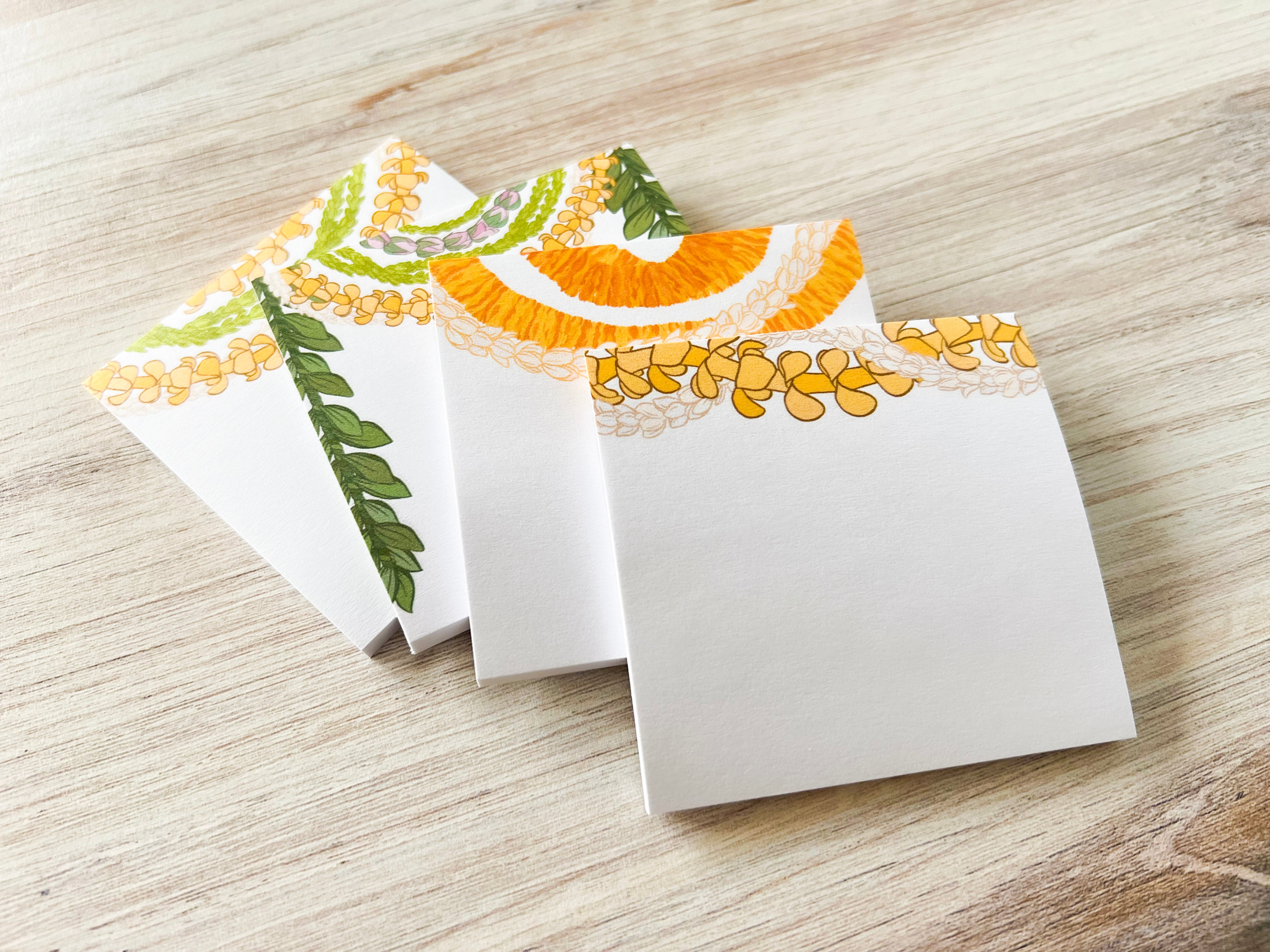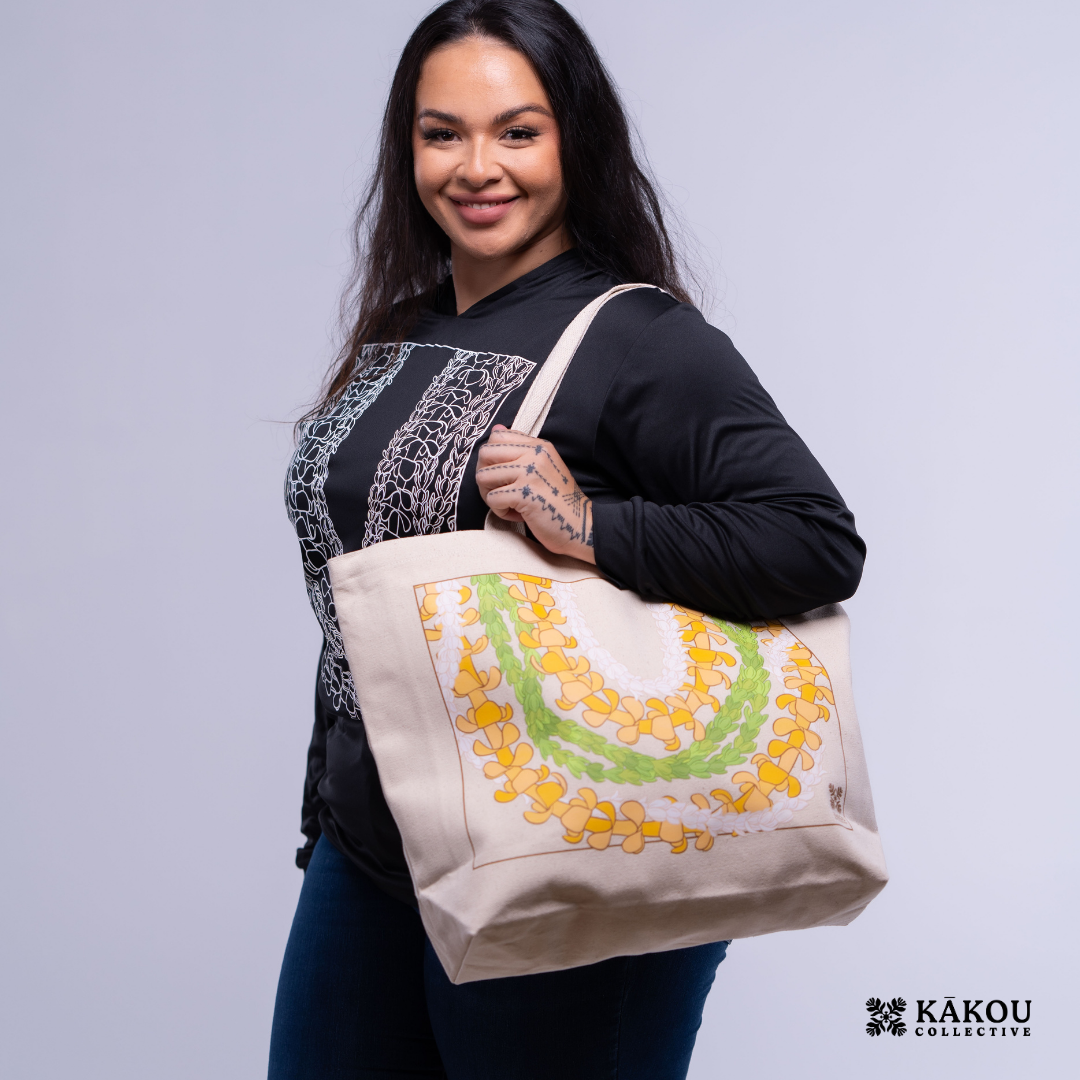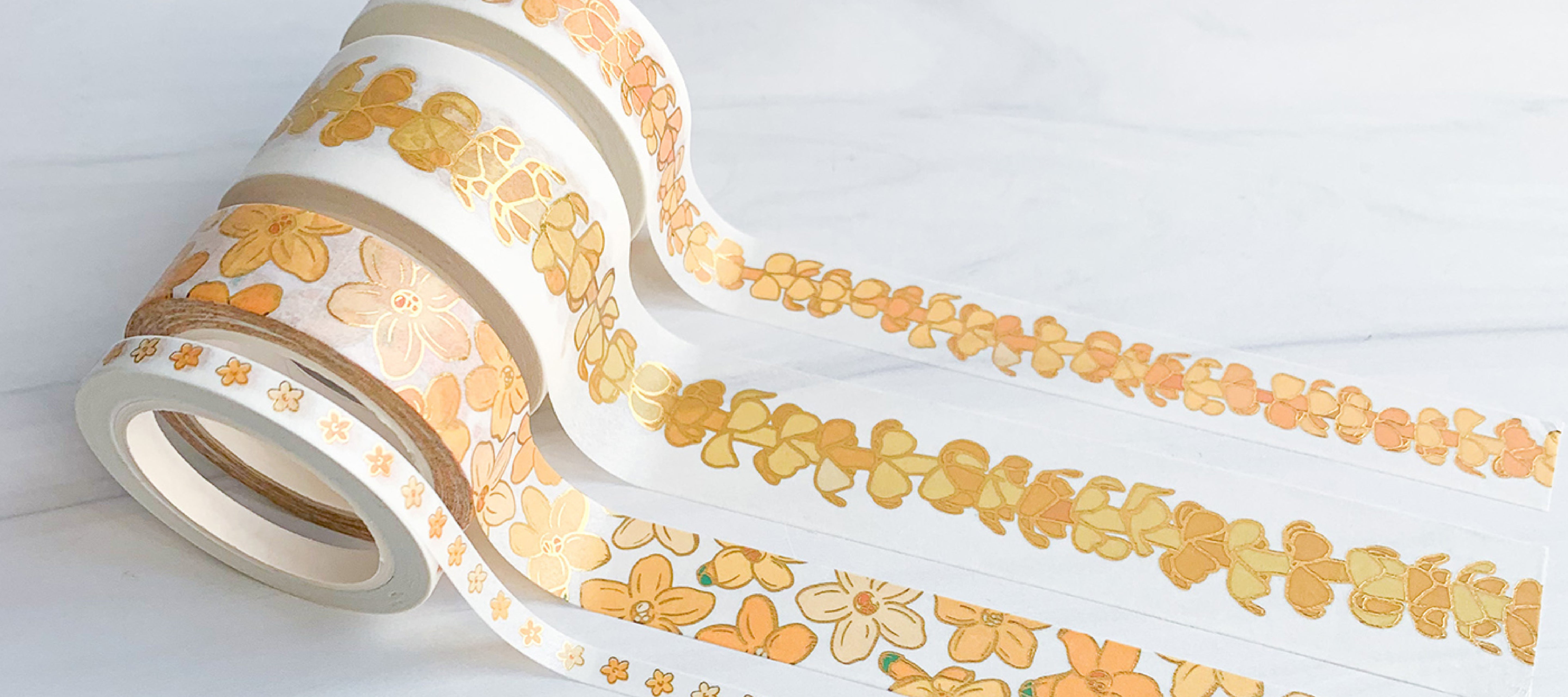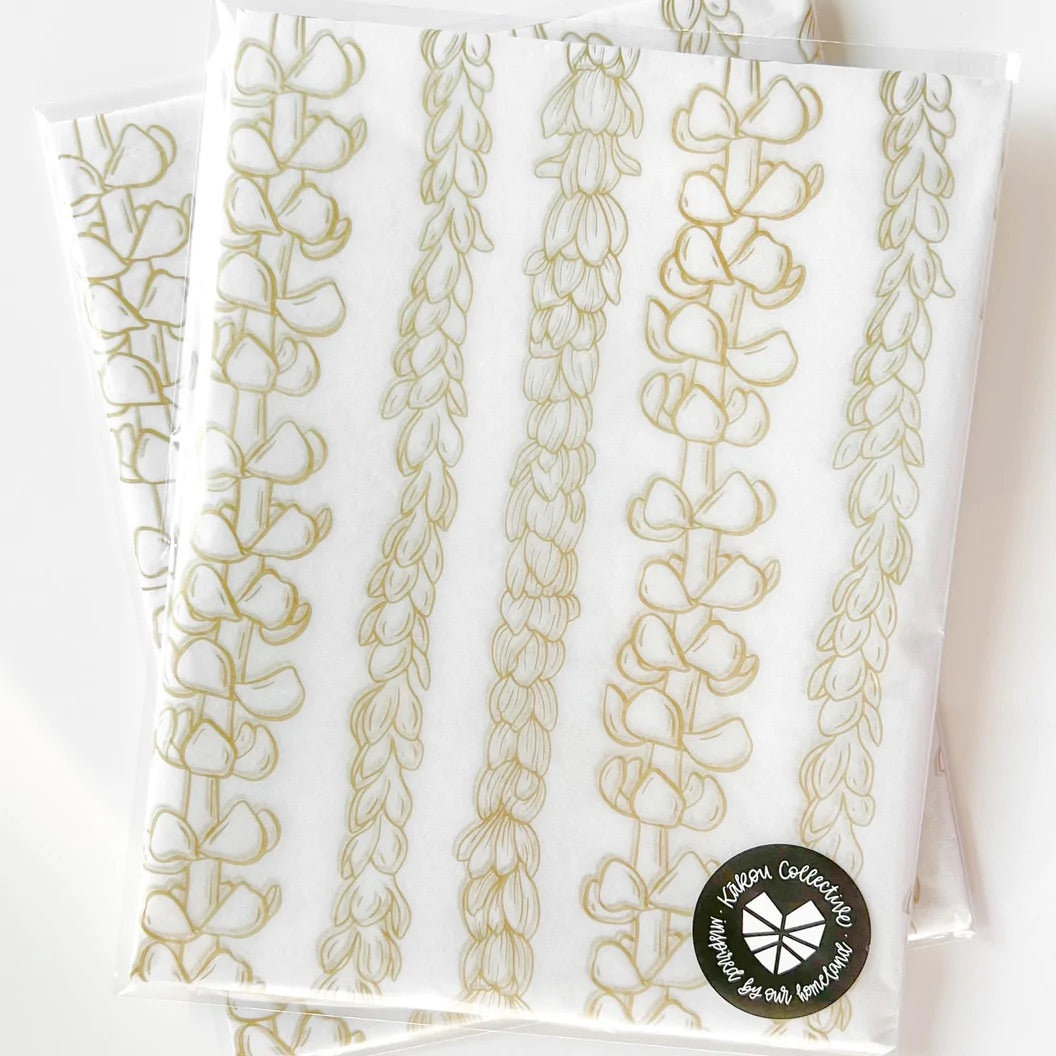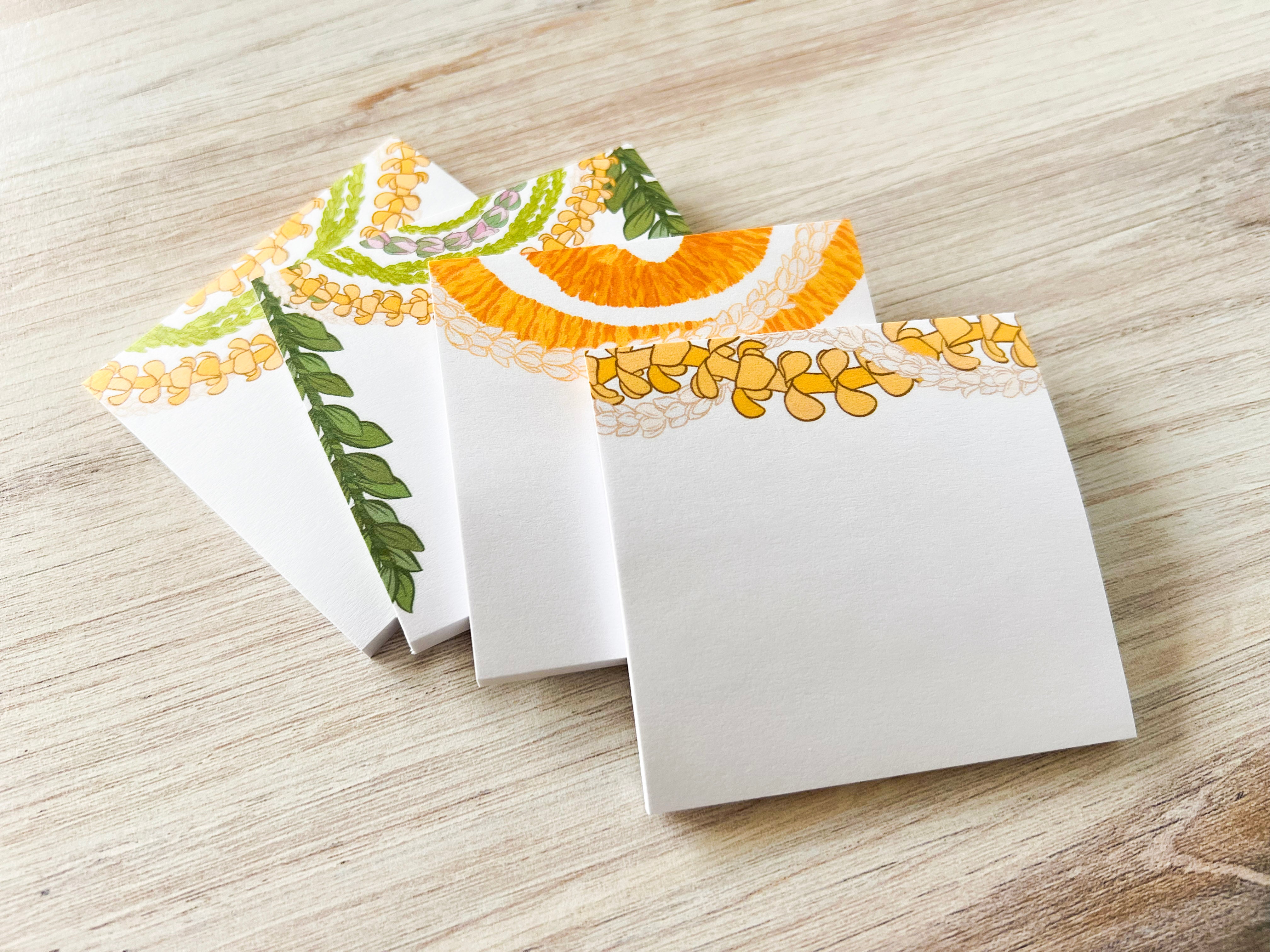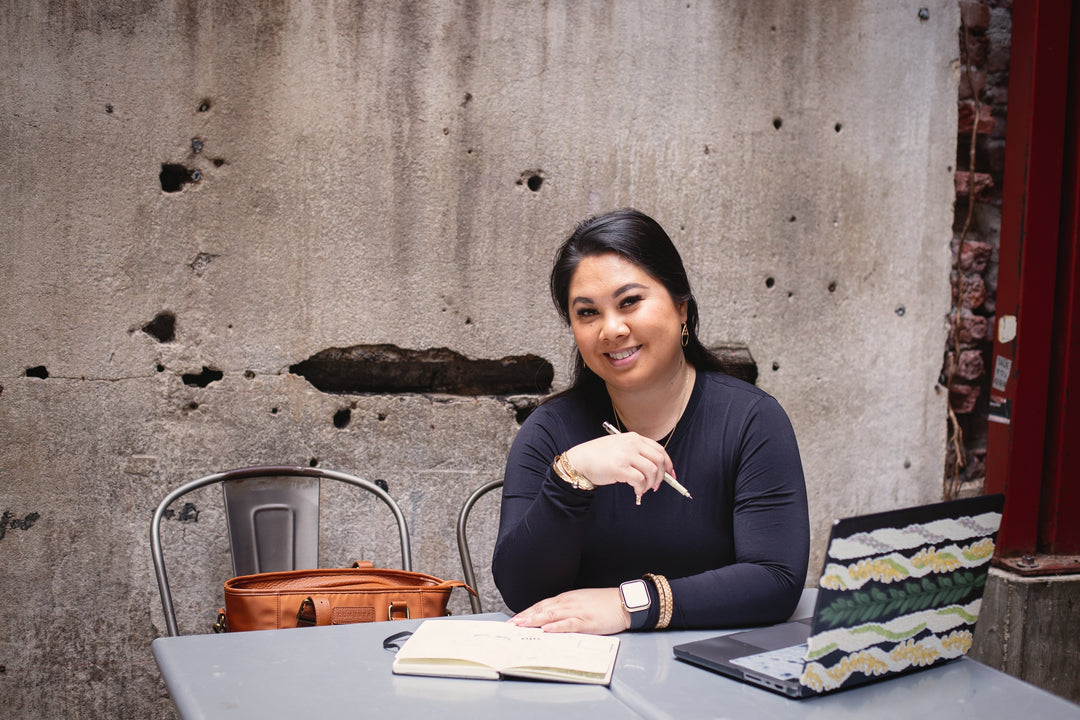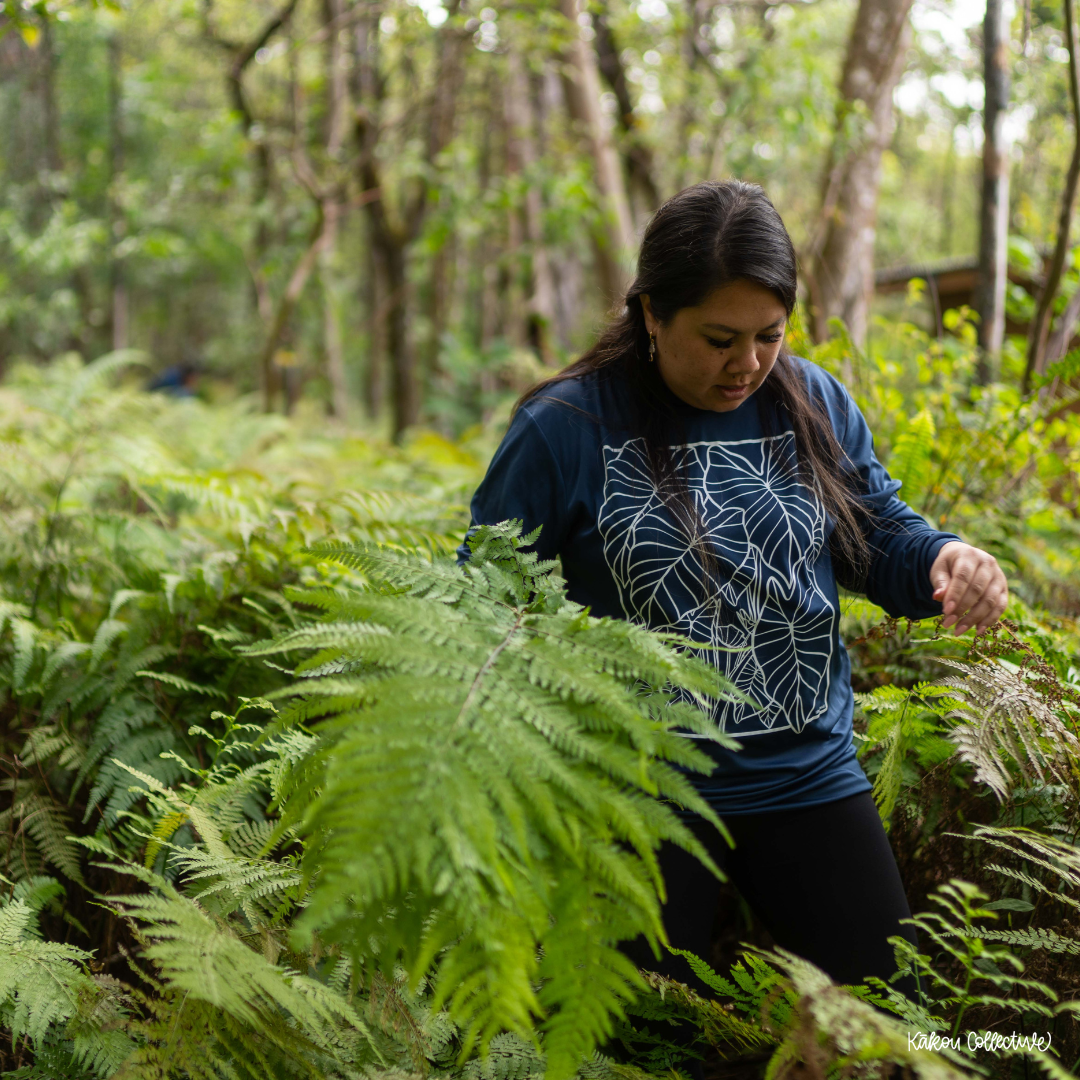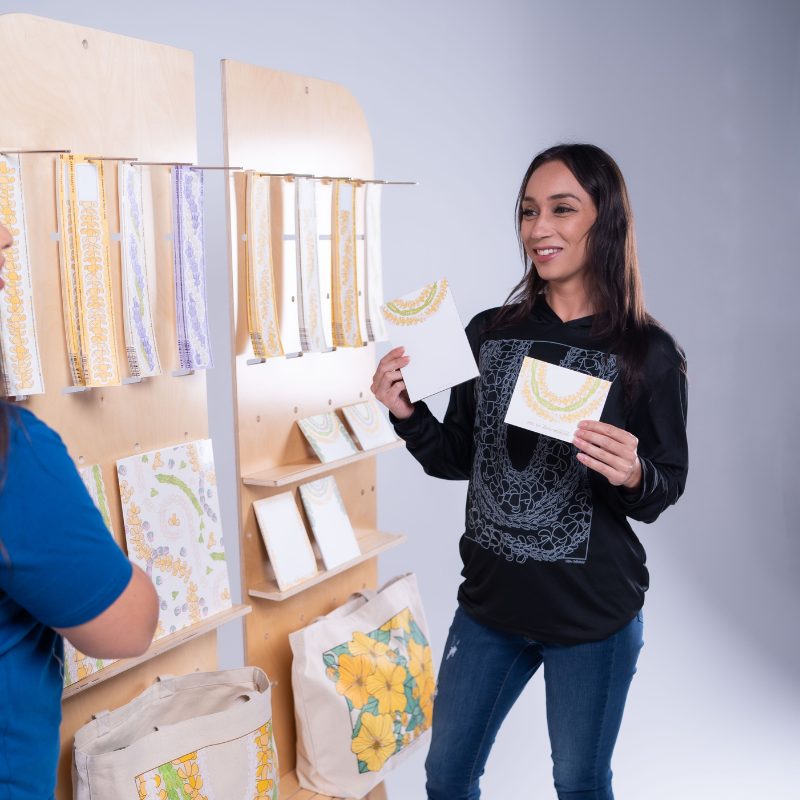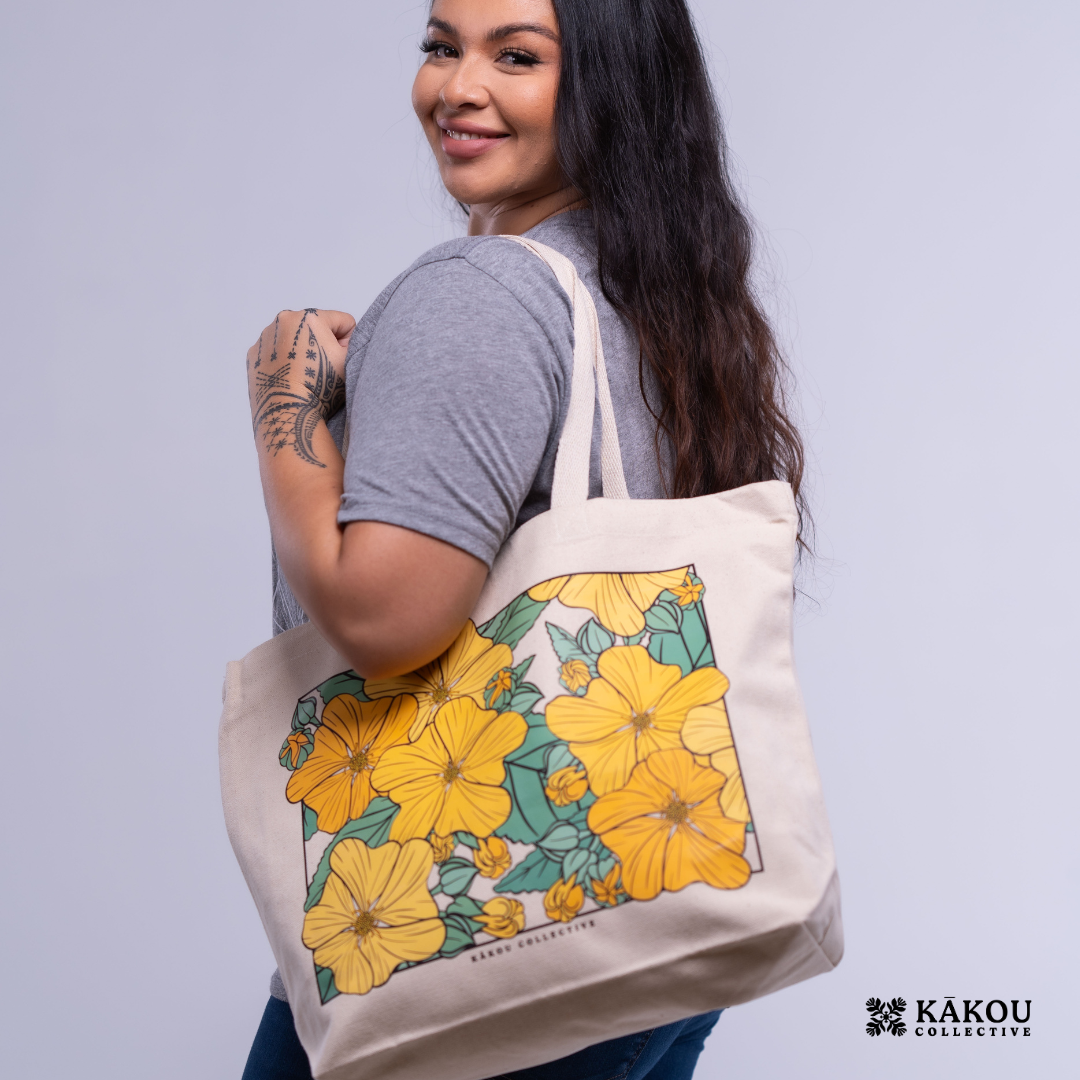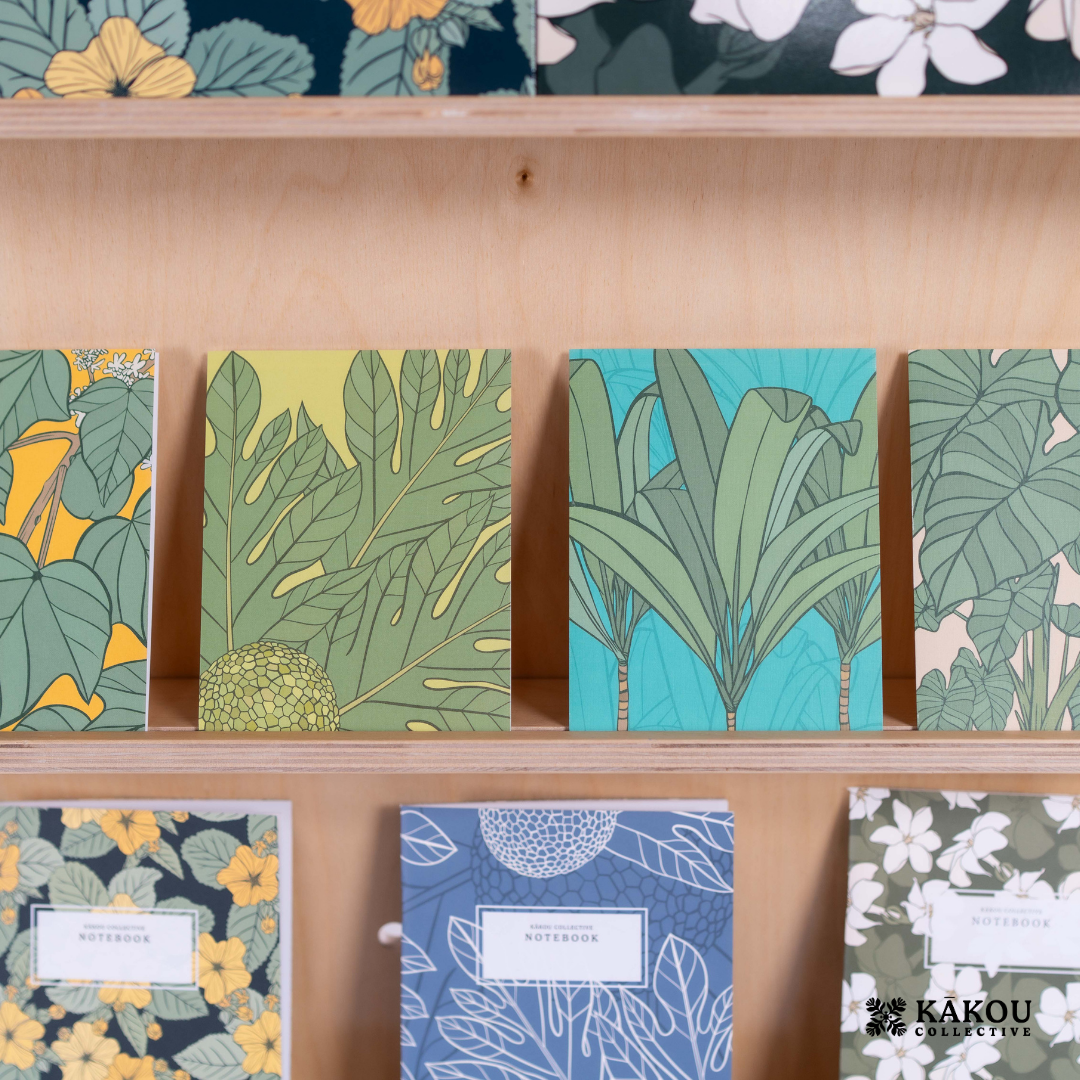Lei Nohea: A Celebration of Beauty and Beloved Blossoms
Nohea — meaning pretty or lovely in ʻŌlelo Hawaiʻi — is the perfect name for this lei. Twisted in the traditional kui style, Lei Nohea brings together three flowers that, while not native, have become deeply rooted in Hawaiʻi’s floral culture: pīkake, kalaunu, and pakalana.
Pīkake was introduced to Hawaiʻi in the 1800s from India, where it is known as Arabian jasmine. Princess Kaʻiulani adored this flower and named it pīkake after her beloved peacocks, which she called by the same name. Its delicate white buds, strung in intricate strands, have become a classic symbol of grace and romance in local lei traditions.
Kalaunu, or crown flower, was another favorite of Hawaiʻi’s royal family, particularly Queen Liliʻuokalani. Its unique purple, star-shaped blossoms resemble tiny crowns, inspiring its Hawaiian name kalaunu (“crown”).
Pakalana came to Hawaiʻi from southern China in the 1800s and quickly captured hearts with its spicy-sweet fragrance. Also known as Chinese violet, pakalana vines thrive in warm island climates. The flower’s vivid greenish-yellow hue and distinct scent have made it a prized choice for lei makers, especially during summer months when the blossoms are at their peak.
Twisted together, these flowers form Lei Nohea — a lei that honors beloved plants from across the world, embraced and celebrated in Hawaiʻi for their beauty and their ability to weave lasting memories of aloha.


